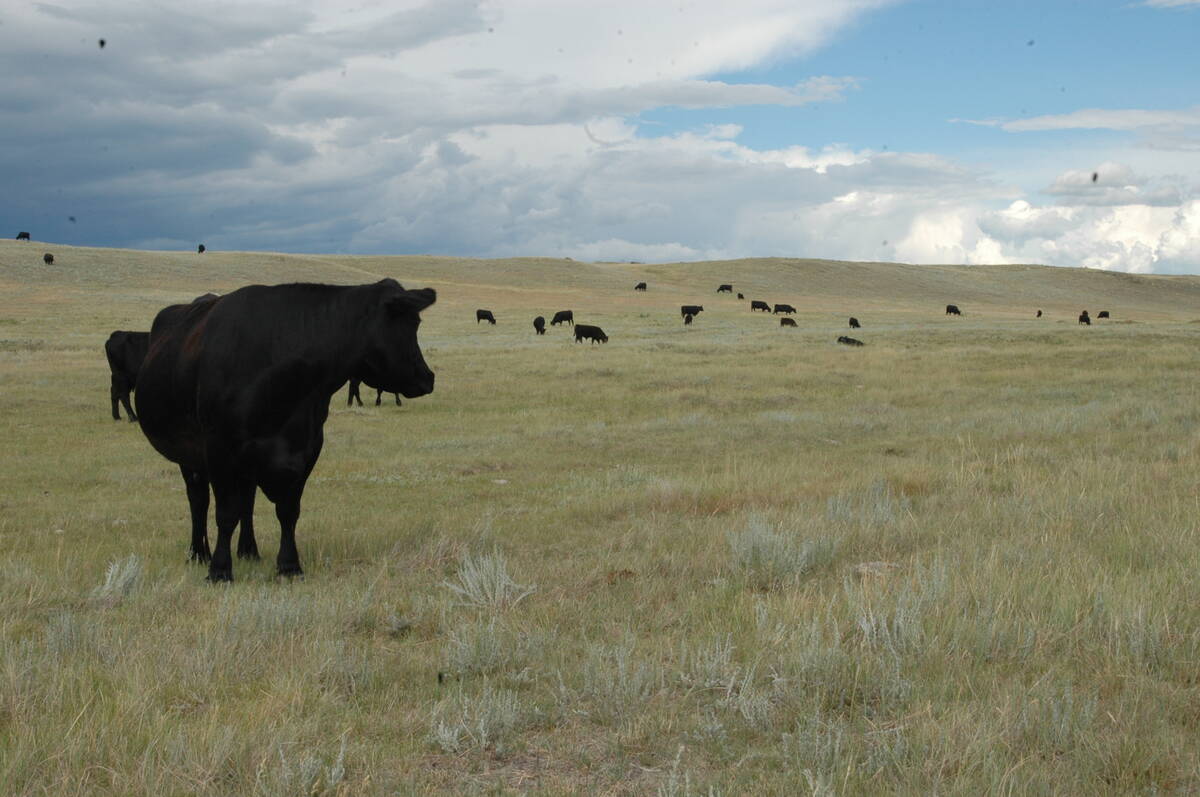The goal of euthanasia is to induce immediate loss of consciousness followed by rapid death without pain or distress to the animal.
Cattle can be euthanized under field conditions in a variety of ways. Which method depends on the technical proficiency of the person and the equipment available.
Producers perform euthanasia to meet their obligation of ensuring the welfare of the animals under their care. It may be necessary for a number of reasons, including fractures that are not treatable, paralysis from calving or trauma, disease that cripples production, such as mastitis, advanced eye conditions such as cancer eye, and suspicion of rabies.
Read Also

Canadian Food Inspection Agency slammed for handling of bovine tuberculosis case
The federal government leans heavily on producers to “take one for the team” and risk their livelihoods without any reassurance of support.
Slaughter may be an option instead of euthanasia in cases where production is failing. It can be considered if animals are not in severe pain, can stand and walk, and have a disease that does not pose a public health risk. If these conditions cannot be met, euthanasia is the appropriate choice.
The next question is, what method?
An intravenous injection of a euthanasia solution may be chosen if the animal is a pet or companion animal. This requires a veterinarian to perform the injection and is more costly than other methods. It may also create a challenge for carcass disposal because the medication is distributed throughout the meat. Burial or incineration may be the only options.
Two methods are available for humane euthanasia in commercial cattle and dairy settings: gunshot and captive bolts.
They cause less fear and anxiety than most other methods and produce a rapid, painless death. However, they can involve human risk so it should only be done by experienced people.
Gunshot is the most practical form of euthanasia on the farm or ranch. The firearm and bullet must have sufficient size and energy to penetrate and cause massive brain destruction. A 22 solid-point bullet is sufficient in young animals.
The same firearm and bullet can be used on adult cows, but it is inconsistent. Hollow or soft-point bullets may fail to penetrate the skull and only temporarily produce unconsciousness. Bulls require a larger caliber (9 mm) because of skull thickness. The firearm is held two to 12 inches from the target.
A shotgun (20, 16 or 12 gauge) at close range of two yards is acceptable. Small gauge shotguns should not be used on bulls. Producers can use slugs or No. 4, 5, or 6 birdshot.
All firearms must be used carefully. The barrel can explode if held flush to the skull. A ricochet is also possible.
A penetrating captive bolt followed by immediate exsanguination (bleeding out) is the preferred method in abattoirs. The gun must be held against the skull, which means that some degree of restraint is needed. Placement is also critical.
The landmark for entering the brain is the intersection of two imaginary lines running from the inside corner of the eye to the base of the opposite horn, or the ear in hornless cattle. The gunshot or captive bolt should be held perpendicular to the skull to hit the brain effectively and prevent ricochet.
Quick death
Exsanguination is performed after the animal is rendered unconscious. A knife with at least a six inch rigid blade is inserted through the skin just behind the jaw and below the neck bones and then drawn forward, cutting the jugular veins, carotid arteries and the windpipe. If done properly, death occurs in a few minutes.
Death can be confirmed by lack of a corneal reflex, which means no movement when touching the eye, as well as no breathing and absence of heartbeat for more than five minutes.
Unacceptable methods of euthanasia include trauma to the head, injection of any substance not labelled for euthanasia, injection of air in a vein and electrocution using 110 or 220 volt sources.














